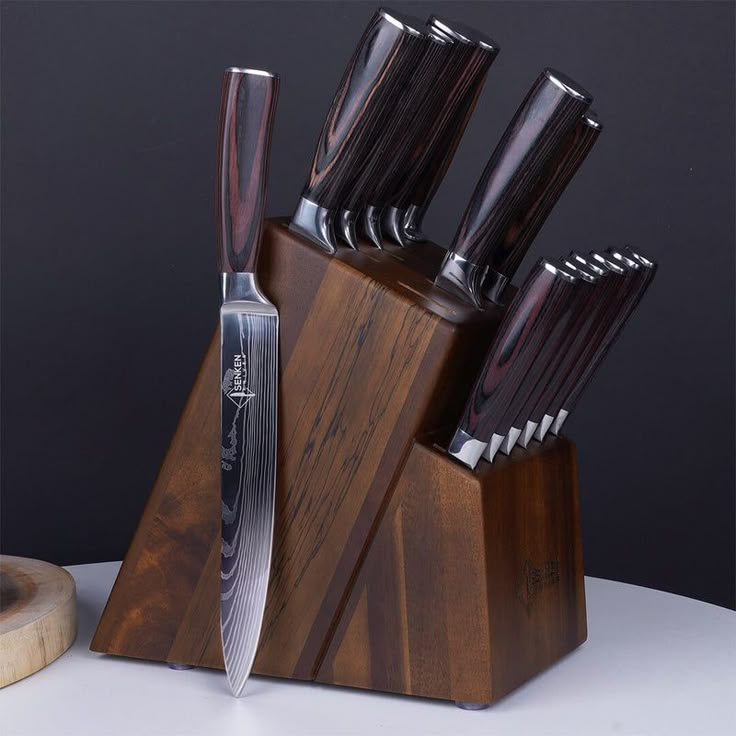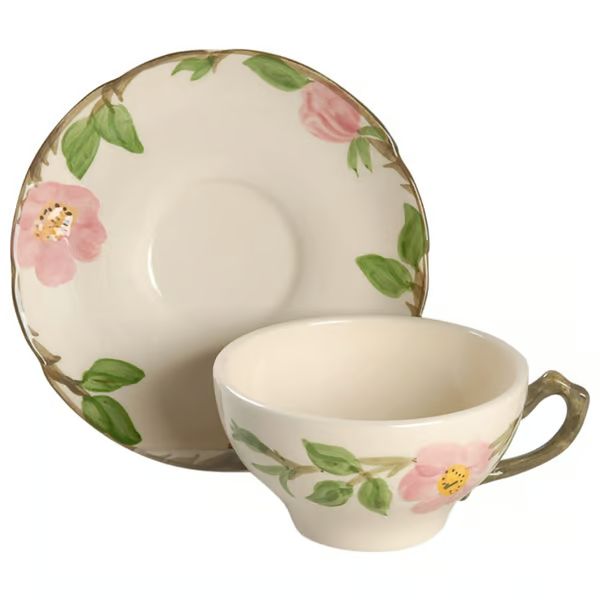Evaluate the Condition of Your Cabinets
How to replace kitchen cabinets? Before you start pulling down cabinets or browsing for new ones, take a close look at what you currently have. Evaluating the condition of your existing kitchen cabinets is crucial. It helps you decide if a simple refacing would suffice or if a full replacement is necessary.
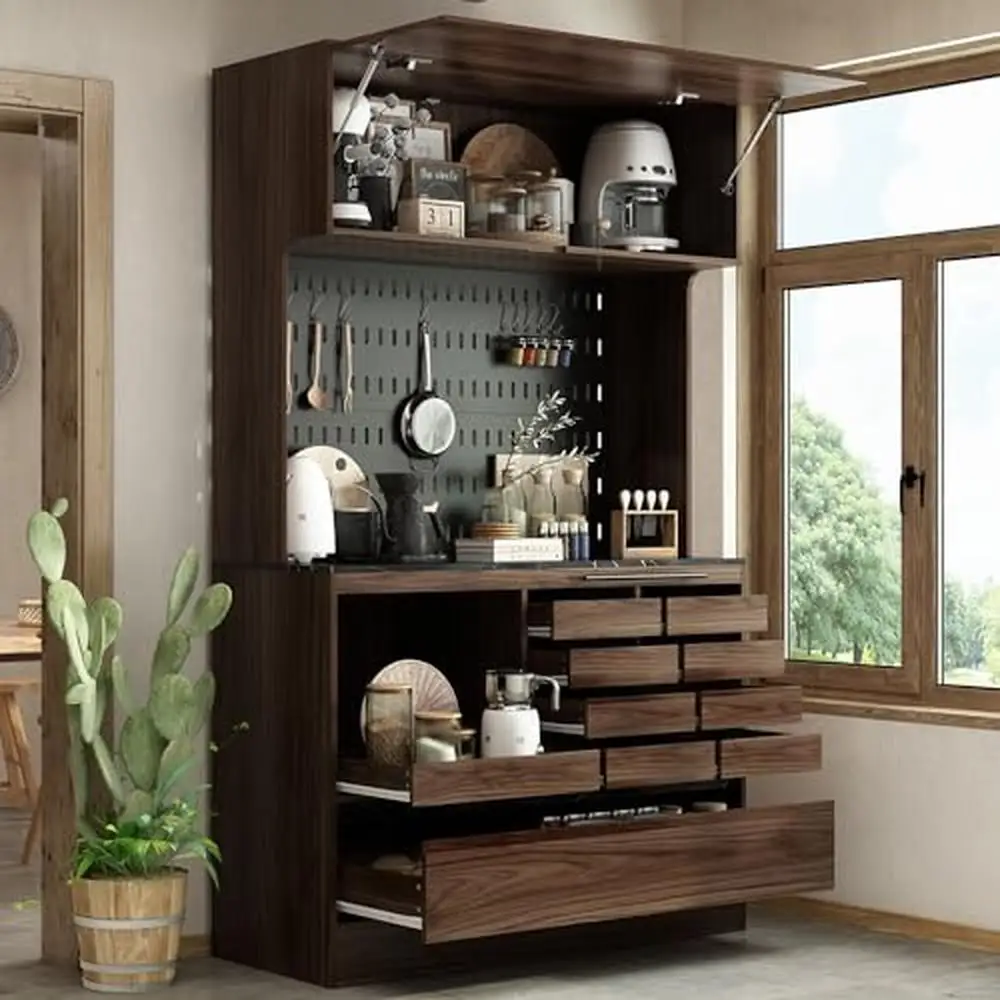
Check for any signs of damage, such as warping, water damage, or a weak structure. These issues often require a full cabinet replacement. If your cabinets are sturdy with only cosmetic flaws, you might consider refacing them instead.
Look for any loose hinges, hard-to-slide drawers, or doors that don’t close properly. Issues like these can sometimes be fixed without needing to replace the entire cabinet. Thus, saving you time and money.
Consider the age of your cabinets as well. Older cabinets built with quality materials might just need a new finish to bring them back to life. Whereas newer, but cheaper cabinets might not be worth the investment to repair or reface.
Lastly, think about the style of your current cabinets. Are they outdated, or do they clash with your vision for a remodeled kitchen? If style is a major concern, replacing your cabinets could offer a more satisfying transformation.
Determine Whether to Replace or Reface
When updating kitchen cabinets, you have two main options. You can either replace old cabinets with new ones or simply reface them. Making this decision depends on several factors.
Consider the condition of your cabinets first. If there is significant damage or if they’re outdated and worn, replacing might be the best choice. Refacing might not resolve issues with a cabinet’s internal structure or functionality.
Assess the costs involved. Replacing cabinets can be quite costly while refacing is more budget-friendly. Choose the option that aligns with your budget while still achieving your desired outcome.
Think about the appearance you’re aiming for. If you want a completely new style or layout, replacement is the route to go. On the other hand, if you’re happy with your kitchen’s current layout and only seek an aesthetic update, refacing your cabinets could be sufficient.
Take functionality into account as well. If the layout works and internal parts are in good shape, facelifts from refacing often do the trick. If you need more space or want to change the way cabinets function, replacement becomes necessary.
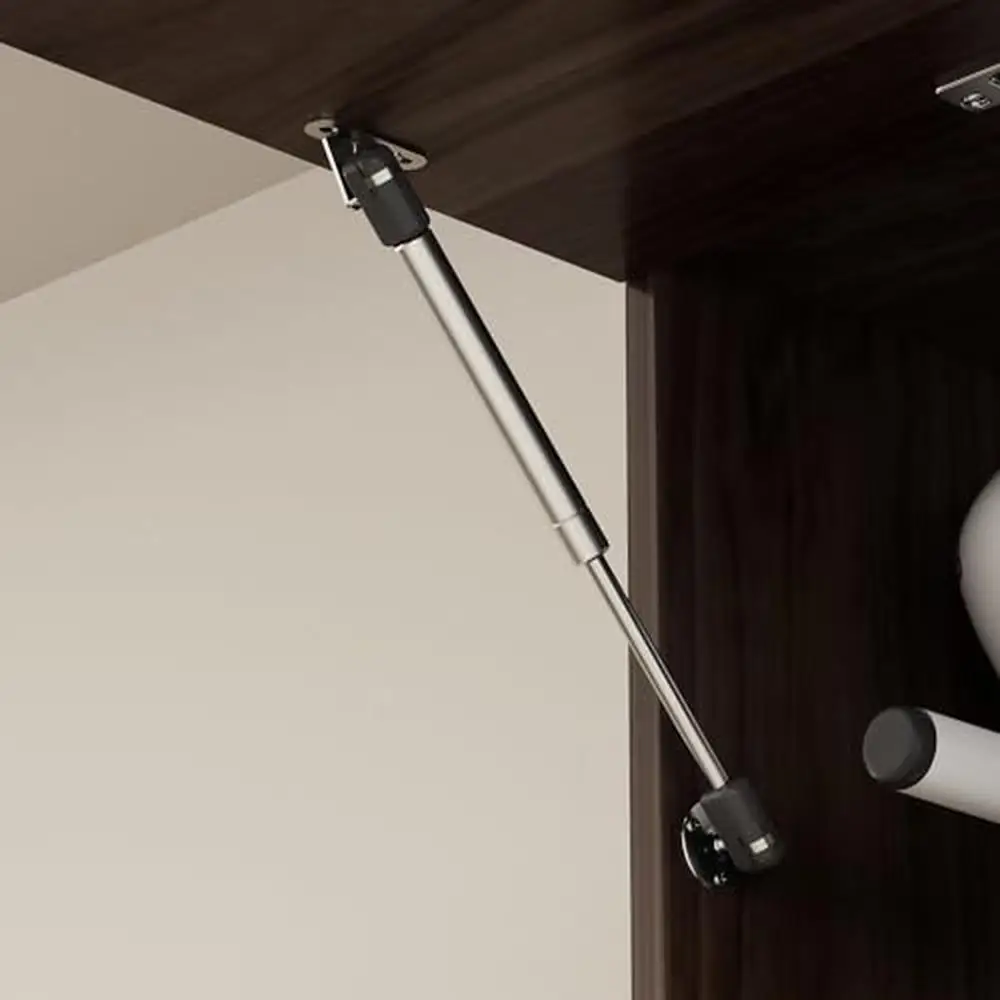
Understand Cabinet Types: Stock, Semi-Stock, and Custom
Choosing the right type of kitchen cabinets is key to a successful replacement. Three main types are stock, semi-stock, and custom.
Stock Cabinets
Stock cabinets are ready-made and come in standard sizes. They offer the following advantages:
- Lower cost compared to custom options.
- Quick availability since they are mass-produced.
- A variety of styles and finishes, though limited compared to custom cabinets.
For a tight budget or a straightforward project, stock cabinets could be ideal.
Semi-Stock Cabinets
Semi-stock cabinets provide more flexibility than stock cabinets. They feature:
- More size and style options.
- Moderate pricing that balances customizability with affordability.
- Adjustable dimensions to better fit your kitchen space.
Semi-stock cabinets are a middle ground for those who seek some customization without the higher cost of fully custom cabinets.
Custom Cabinets
Custom cabinets are made to order and offer the most variety and personalization. Their benefits include:
- Perfect fit for your specific kitchen layout.
- Tailored to match your personal style and design preferences.
- Wide selection of materials, colors, and finishes.
- Durable construction that can include unique features and dimensions.
Custom cabinets are the best choice for complete design control and uniqueness in your kitchen.
Knowing these types can help you decide how to replace kitchen cabinets that meet your needs in terms of cost, style, and functionality.
Select the Right Materials for Durability
Choosing durable materials for your kitchen cabinets is a must. These choices will impact how long your cabinets last. Here are key points to consider:
- Quality of Construction: Opt for cabinets made of solid wood, plywood, or high-quality MDF. These materials can support weight and withstand regular use.
- Resistance to Elements: Look for materials that resist moisture and don’t warp easily. Materials should handle kitchen’s humidity and temperature changes.
- Hardware Durability: Select hinges and drawer slides that are robust. Heavy-duty metal hardware lasts longer than plastic ones.
- Finish and Coating: The right finish protects cabinets from scratches and stains. Consider layered or treated surfaces that stand up to cleaning products.
To ensure your investment in kitchen cabinets pays off, do not overlook material quality. Strong materials extend the lifespan of your cabinets. They maintain their appearance and functionality over time. Remember, low-cost materials may save money upfront. But they could lead to higher costs due to repairs or early replacements.
Always consult with professionals. They can advise on the best materials suited for your kitchen’s conditions. Investing in quality materials is investing in the longevity of your kitchen.
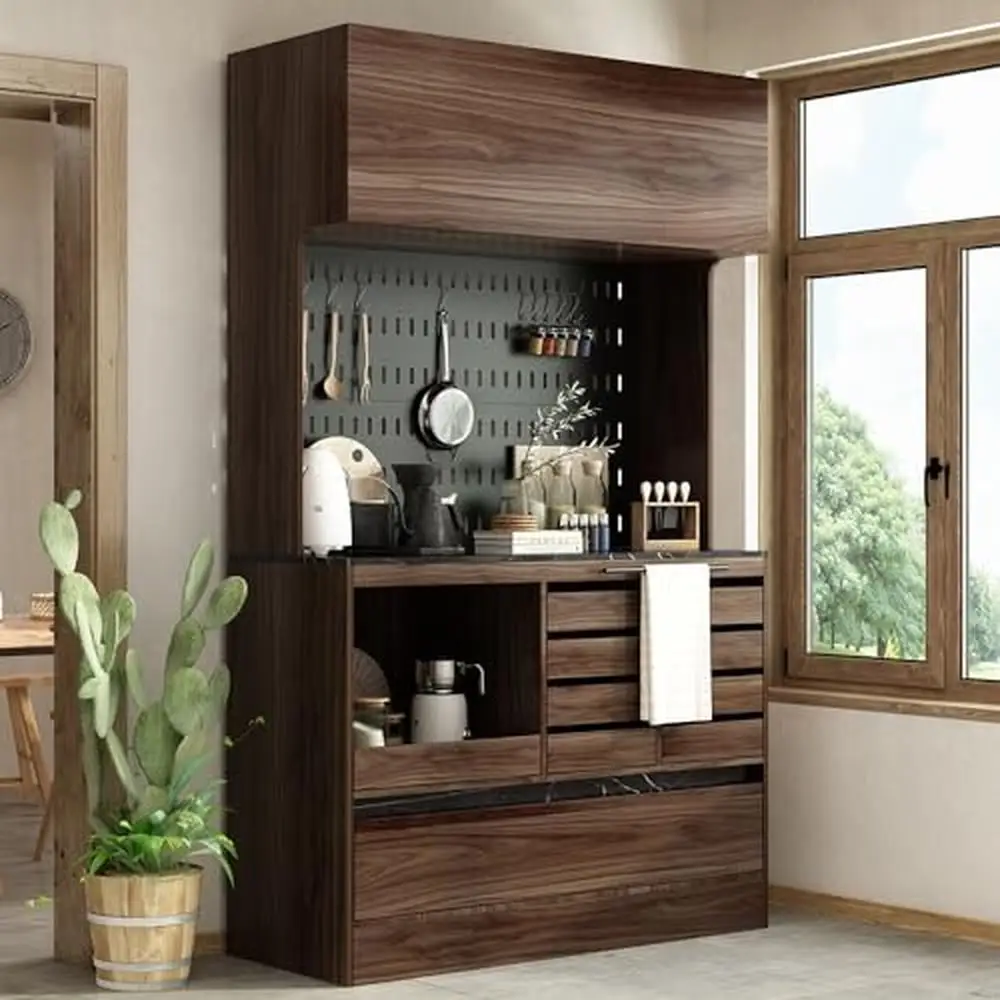
Measure and Order Replacement Cabinet Doors
Before ordering new cabinet doors, accurate measurements are essential. Here’s how you can do it yourself:
- Measure Current Doors: If reusing hinges, match the new doors to the current size.
- Note the Overlay: Measure how much the door covers the cabinet frame. Add this to size when ordering.
- Choose a Style: Pick doors that suit your kitchen’s design and your personal taste.
- Decide on Material: Wood, MDF, or plywood? Consider durability and finish.
- Order the Doors: Provide the supplier with precise measurements and material choices.
- Get Hinges and Hardware: Don’t forget to account for functional hardware like hinges.
It’s crucial to choose a reputable supplier to ensure quality and correctness. When measuring, double-check every number. A small error can cause significant issues. After measurements and selections, place your order and await your custom-fit doors.
Replacing kitchen cabinets becomes more manageable with this clear approach to measuring and ordering cabinet doors. Invest time in this step for a smooth installation process.
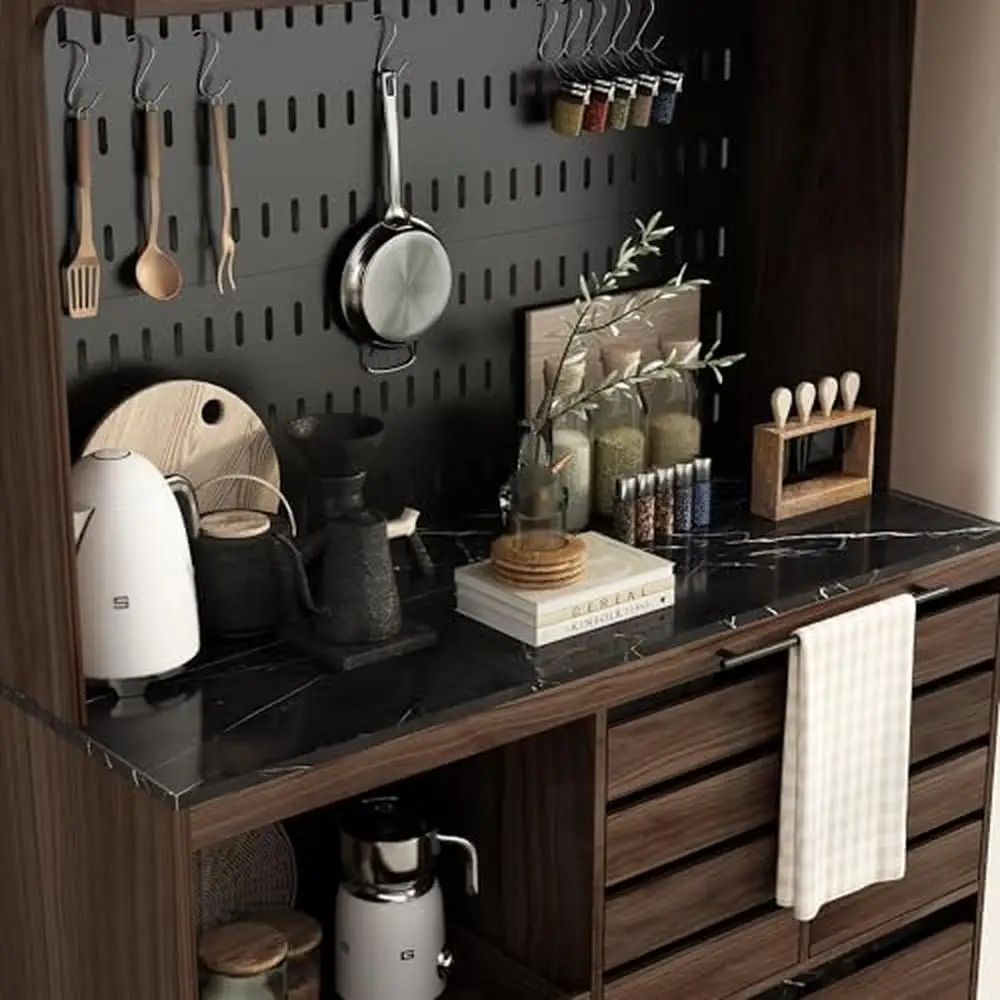
Considerations for DIY Installation vs Professional Help
When planning to replace kitchen cabinets, one major decision is whether to install them yourself or hire a professional. There are benefits and challenges to both approaches.
DIY Cabinet Installation Pros:
- Cost Savings: The most obvious advantage is saving on labor costs.
- Personal Achievement: There’s a sense of pride from completing a home improvement task yourself.
- Control Over Timing: You can work at your own pace and on your preferred schedule.
DIY Cabinet Installation Cons:
- Skill Level: It requires a certain level of handiness and familiarity with tools.
- Time Consumption: May take longer if you’re learning as you go.
- Potential Mistakes: Errors can occur, leading to more work or the need to hire help eventually.
Professional Installation Pros:
- Expertise: Professionals have the necessary skills and experience.
- Efficiency: They can often complete the job faster than a homeowner.
- Quality Assurance: Pros can guarantee their work, often providing warranties.
Professional Installation Cons:
- Higher Costs: Professional services aren’t cheap, and labor can significantly add to the expenses.
- Scheduling: You’ll have to work around the professional’s schedule, which might cause delays.
- Less Personal Control: You’re entrusting the project to someone else, with less hands-on involvement.
When weighing options, consider the complexity of your cabinet replacement. Assess your skills, available time, and whether you have the necessary tools. If you choose DIY, research thoroughly and maybe practice on a less visible area first. If you’re not confident or the project is complex, hiring a professional might be the safer choice. Remember, investing in professional installation ensures the job is done correctly the first time, potentially saving you from costly mistakes.
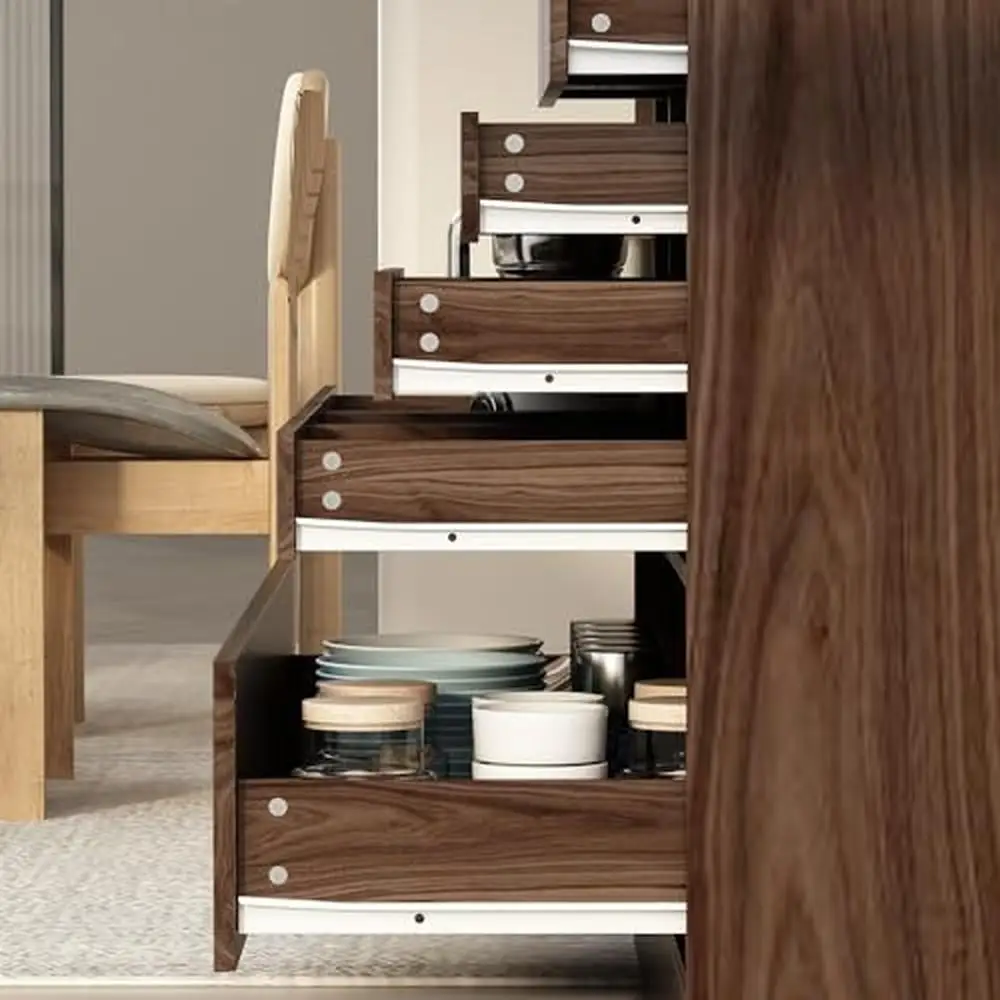
Installation Tips and Best Practices
When installing new kitchen cabinets, following certain tips and best practices can ensure a smooth process and a professional-looking finish. Here’s how you can achieve the best results:
- Plan Ahead: Before starting, have a clear plan. Know where every cabinet will go.
- Check for Plumbing and Wiring: Identify and mark the locations of plumbing and electrical wiring to avoid damage.
- Prepare Your Work Area: Clear the space and create a clean, safe work environment.
- Use the Right Tools: Have all necessary tools on hand, such as drills, levels, and screwdrivers.
- Level and Secure Cabinets: Ensure cabinets are level before securing them to the wall. Use shims as needed.
- Follow Manufacturer Instructions: Read the installation guide for any specific advice on your cabinet model.
- Double-Check Alignment: Regularly check that doors and drawers align correctly as you go.
- Doors and Drawers Last: Install cabinet boxes first, then attach doors and drawers.
- Don’t Rush: Take your time to avoid mistakes that could require rework.
- Seek Help for Heavy Lifting: Some cabinets can be heavy. Get assistance to avoid injury.
- Test Everything: After installation, test all doors and drawers to ensure proper function.
By carefully preparing, taking your time, and paying attention to detail, you can install kitchen cabinets that are both beautiful and functional. Whether you choose a DIY approach or professional help, these tips will guide you toward success in your kitchen cabinet replacement project.
Fine-Tuning and Adjustments Post-Installation
After installing your kitchen cabinets, it’s time for fine-tuning and adjustments. This step ensures your cabinets look great and function well. Here’s how to polish off your installation:
- Check Door Alignment: Inspect all cabinet doors. Make sure they hang straight and even.
- Adjust Hinges and Hardware: Use screwdrivers to tweak hinges. This will perfect the door fit and prevent misalignment.
- Test Drawer Movement: Pull drawers out and push them in. They should slide smoothly without sticking.
- Inspect Closures and Locks: Ensure doors close snugly and locks engage properly. Adjust as needed for security.
- Examine for Gaps and Spaces: Look for any gaps between cabinets or uneven spaces. Use small shims to correct inconsistencies.
- Touch-Up Paint or Finish: Apply small amounts of paint or finish for any scuffs or scratches made during installation.
- Cleanup: Remove all tools and clean up your work area. Wipe down new surfaces to remove dust or debris.
- Final Check: Do a final walkthrough. Confirm every element of your kitchen cabinets is up to your standards.
By conducting these post-installation adjustments, your kitchen cabinets will not only be more functional but also have a professional appearance. Remember, a little attention to detail can make a big difference in the overall quality and longevity of your cabinets.
